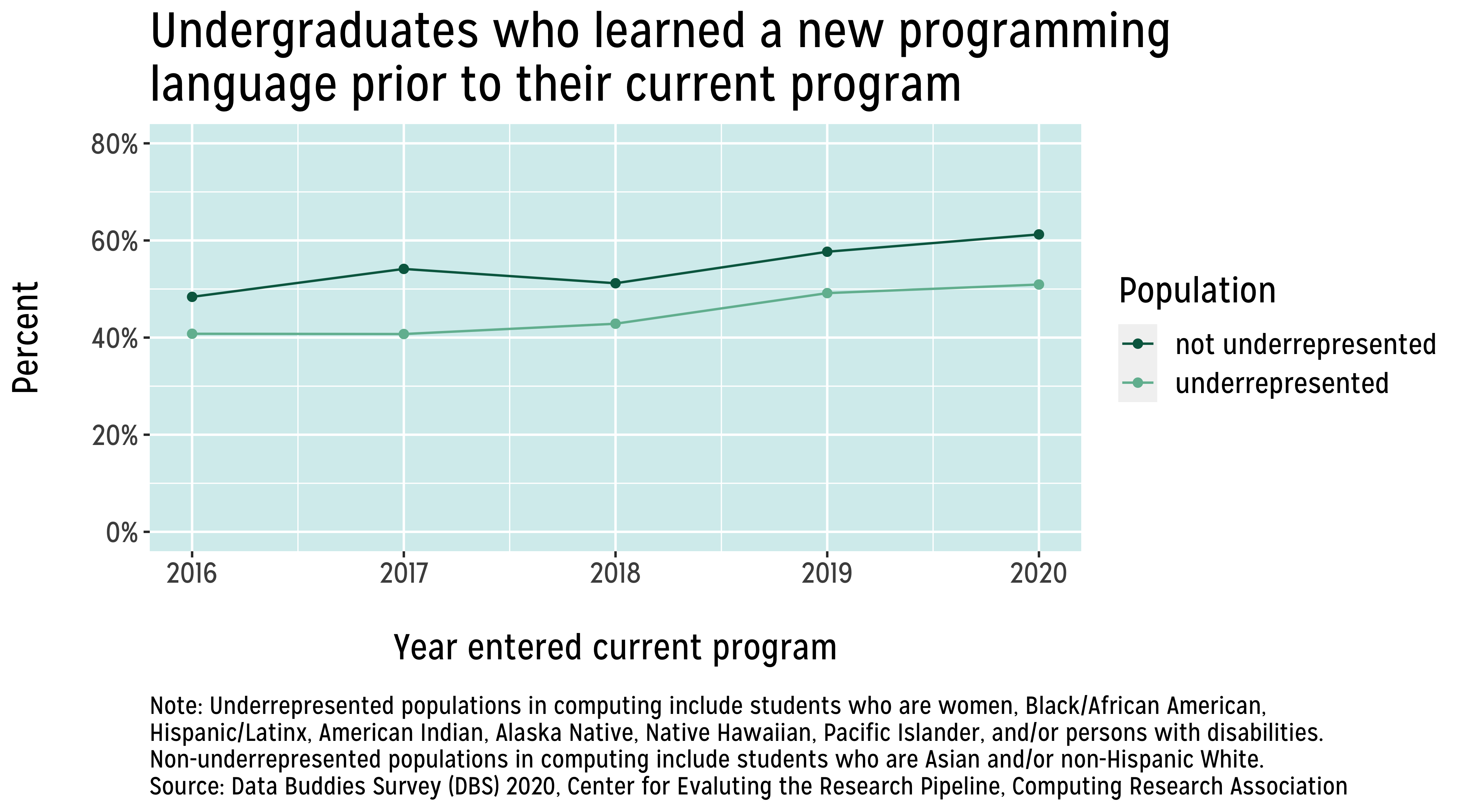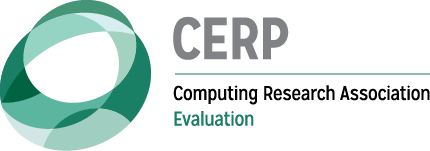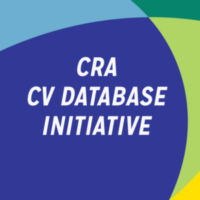Undergraduates are Learning More Programming Languages Prior to Matriculation; Students from Underrepresented Populations in Computing Report Smaller Increase

Prior to entering undergraduate programs, some individuals have the opportunity to engage in experiences related to computing, such as learning a new programming language. How do these rates of experience differ between the following two groups of students?
- Undergraduate students from populations that are underrepresented in computing fields (e.g. women, Black/African American, Hispanic/Latinx, American Indian, Alaska Native, Native Hawaiian, Pacific Islander, and/or persons with disabilities)
- Undergraduate students from other populations that are not underrepresented in computing fields (e.g. Asian and/or non-Hispanic White)
CERP summarized the results of the Fall 2020 Data Buddies Survey (DBS) for Undergraduates to understand this experience for undergraduate students who entered their current program within the last five years (2016-2020). Within each group and by each matriculation year, CERP calculated the percentage of undergraduates who indicated they learned a new programming language prior to matriculation. From 2016-2020, students reported an overall increasing rate of learning a new programming language prior to their matriculation year. Moreover, for those matriculating in 2020, both groups reported more than 50% of students had already learned a new programming language.
While that is an encouraging trend, there appears to be a persistent, average 10% difference between these groups of students each matriculating year, wherein students from populations underrepresented in computing are less likely to enter their undergraduate program with programming experience compared to their peers. Further investigation is needed to understand the significance of this difference and its implications for these students – and the field of computing as a whole.
Notes:
The survey data analyzed for this infographic were collected by Center for Evaluating the Research Pipeline via The Data Buddies Project. The sample includes 4,984 undergraduates who indicated they had joined their current program within the last 5 years, indicated whether they had learned a new programming language prior to entering an undergraduate program, and provided demographic information.
 This analysis is brought to you by the CRA’s Center for Evaluating the Research Pipeline (CERP). CERP provides social science research and comparative evaluation for the computing community. Subscribe to the CERP newsletter here. Volunteer for Data Buddies by signing up here.
This analysis is brought to you by the CRA’s Center for Evaluating the Research Pipeline (CERP). CERP provides social science research and comparative evaluation for the computing community. Subscribe to the CERP newsletter here. Volunteer for Data Buddies by signing up here.
The Data Buddies Project is currently supported through National Science Foundation (NSF) awards CNS-1840724, CNS-2036717, DUE-1821136, sub-awards and contracts, and direct CRA contributions. Previous NSF awards that supported DBS include CNS-1246649 and DUE-1431112. Any opinions, findings, and conclusions or recommendations expressed in this material are those of the author(s) and do not necessarily reflect the views of the National Science Foundation.









